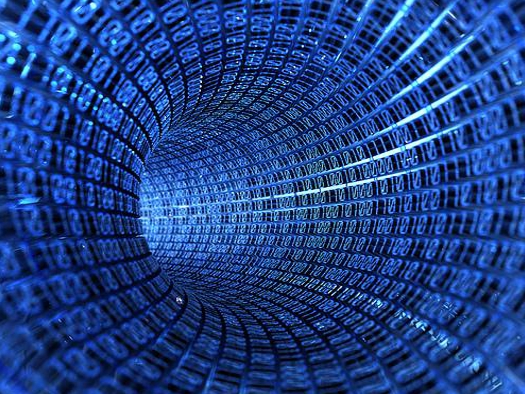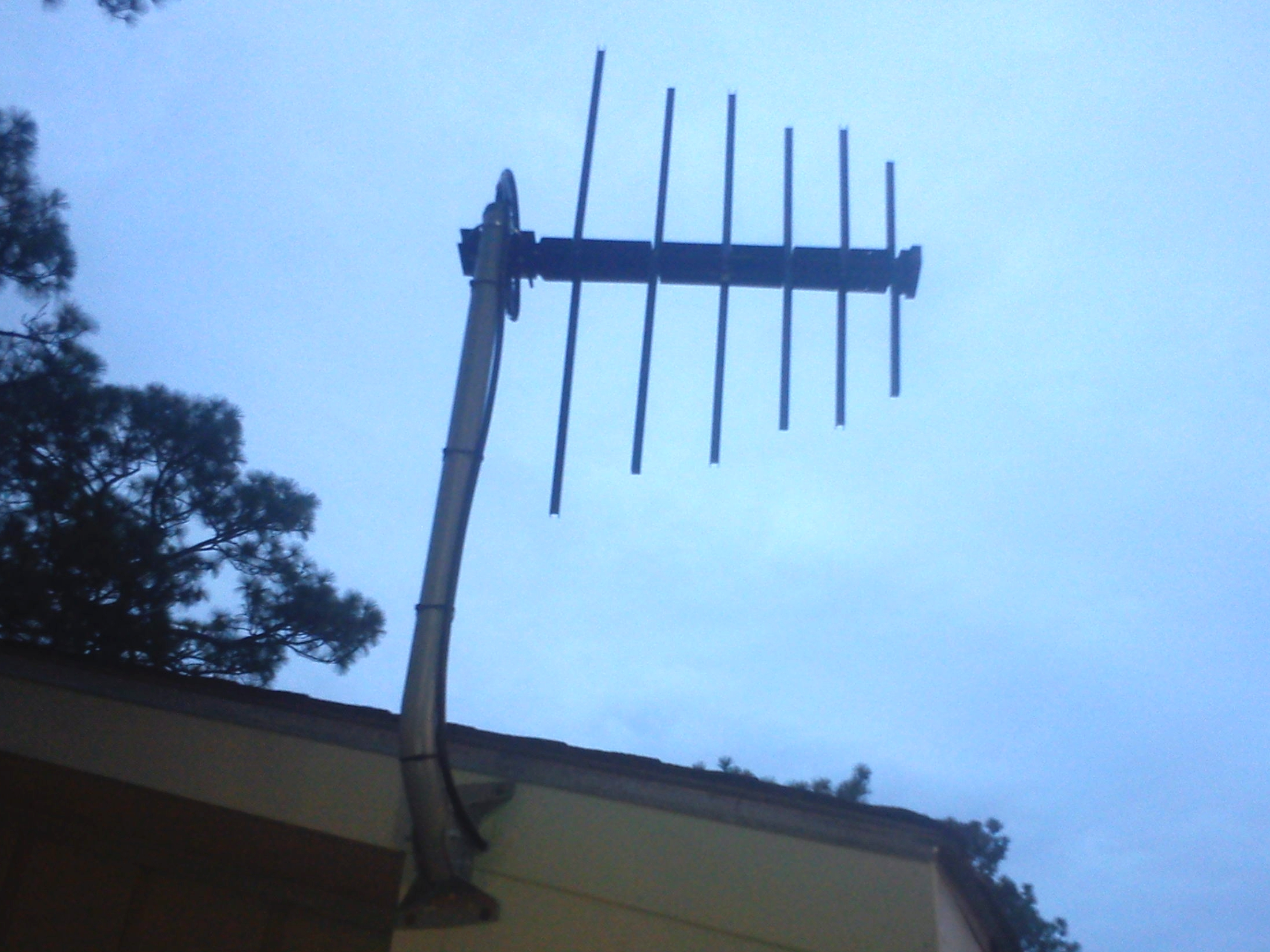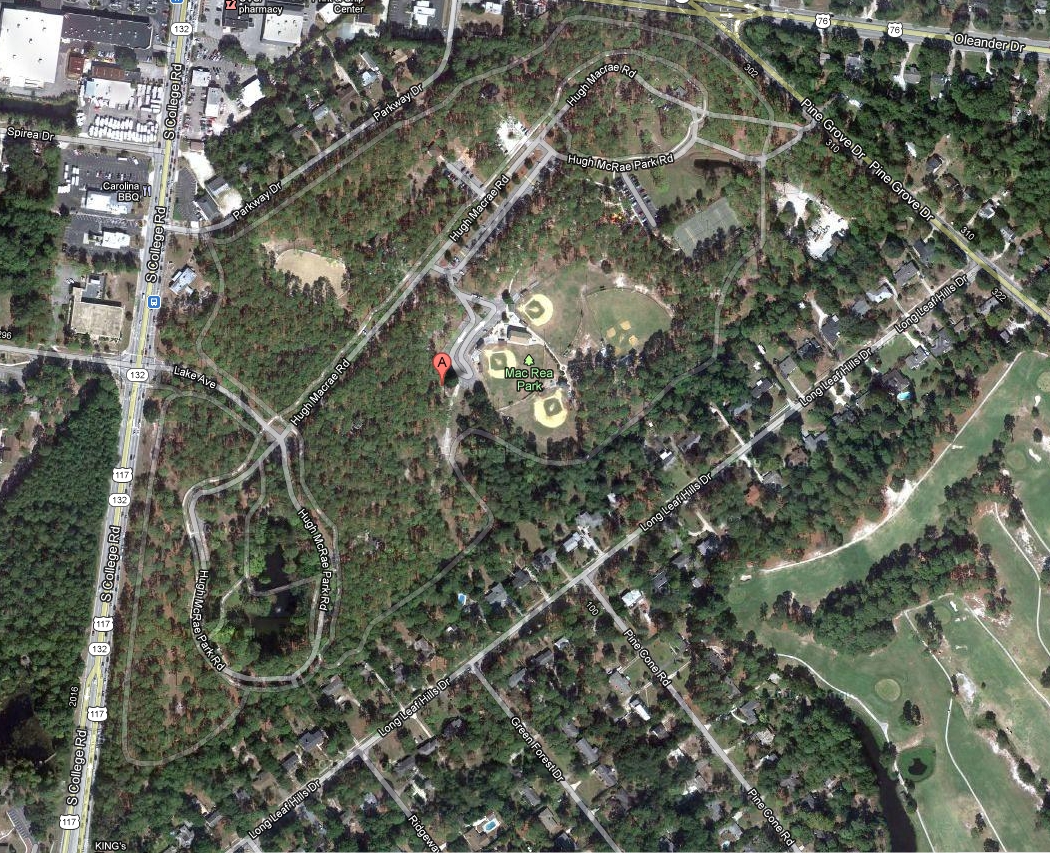First Super Wi-Fi Network in the U.S. Finally Deployed
The first commercial TV white spaces network has been launched, leading to a nation-wide public internet access.
Just hours ago on a cold, rainy Thursday afternoon, Spectrum Bridge launched the world's first commercial TV White Space network at a special event at the Hilton Wilmington Riverside Hotel in Wilmington, North Carolina.
The city, which many call East Hollywood thanks to the late Dino De Laurentiis, Stephen King and Screen Gems, was the platform for testing OTA digital TV before it went national back in 2008. One Tree Hill's hometown then served as testing grounds again for creating a Super Wi-Fi network using the vacant frequencies left behind by OTA analog TV signals. Finally after years of testing, Florida-based Spectrum Bridge, Inc. created a white spaces database system -- aka a cloud-based spectrum management platform -- which was just approved by the FCC back in December and switched on today.
The company is now providing full-blown public Wi-Fi internet access at Hugh MacRae park. The company has also installed broadband-based security cameras at Airlie Gardens which access the white space spectrum, and has even replaced a costly data connection at the landfill. Overall the public Wi-Fi network will eventually expand across the nation at a later date, and will be free to access given that white space is an unlicensed spectrum like Wi-Fi.
TV White Space frequencies are located at a lower frequency band than Wi-Fi, so the signals can travel further. They also have superior non-line-of-sight performance which allows the signal to penetrate obstacles such as trees, buildings, or rugged terrain at greater distances than other unlicensed spectrum. For the city and many companies installing hardware like surveillance cameras, line-of-sight is no longer an issue, reducing installation costs.
"It used to cost $20,000 to install a camera, but today we can move the camera around very cheaply," said Wilmington Mayer Bill Saffo. Larry Blumenfeld, founder of Access Control Consultants added that the only problem he's seen with the new technology thus far is that it's not completely mature.
The drawback to TV White Space frequencies is that they are slower because of their overall reach, providing speeds up to 10 to 15 Mbps compared to the peak speeds of 54 Mbps via Wireless G. Current devices can access this new public network, but only at close range. So far there's only one FCC approved device built for TV White Space access, and commercial devices aren't expected to arrive for another year or two -- which is plenty of time to roll out the network nationwide.
"We are extremely pleased with the installations of the white spaces systems at our parks and gardens," said Ted Davis, Chairman of New Hanover County. "This technology has proven to be an unobtrusive, environmentally friendly way to offer services to our citizens and the visitors at our parks and to give our staff more efficient ways to manage these locations."
Get Tom's Hardware's best news and in-depth reviews, straight to your inbox.
"The main functions of the current system are for video surveillance, citizen and property security, traffic surveillance/mitigation and public wireless Internet access," Spectrum Bridge said on Thursday. "In the near future, cities will be connected through integrated wireless networking technology to manage congestion, maximize energy efficiency, enhance public safety and provide valuable services to the citizens within the community. With these advanced monitoring systems and smart sensors, city management enhances the decision-making by collecting the data and analyzing it in real-time."
In it's current condition, the public Super Wi-Fi network up and running in Hugh MacRae park is unimpressive, but then again that may have something to do with consumer hardware. The best signal that was received on an Xperia PLAY smartphone (Wireless N) was two out of four bars, and that was seemingly near the actual source. Hardware related to the network was found mounted on the roof of two picnic shelters, as seen in the images below, and one possibly related device mounted on the outside of the ballpark office -- local workers weren't too sure where everything was installed and Spectrum Bridge wasn't available for a demonstration. That said, there may have also been an "access point" in the park's nature walk across the street, as that connection was picked up in the intersection adjacent to the park itself.
Given this is officially day one, perfection isn't expected. By the time the photos were acquired, it began to sprinkle again and grow dark. A drive around the entire park revealed the strongest points to be around the ballpark whereas signal was nonexistent throughout most of the park's outer real estate. This may likely improve as the city installs additional hardware, so time will tell.
Nevertheless, we'll keep you updated on the Super Wi-Fi network given that it's literally just blocks away. Below is a map of Hugh MacRae to give an example of the network's reach via a Wi-Fi device.

Kevin Parrish has over a decade of experience as a writer, editor, and product tester. His work focused on computer hardware, networking equipment, smartphones, tablets, gaming consoles, and other internet-connected devices. His work has appeared in Tom's Hardware, Tom's Guide, Maximum PC, Digital Trends, Android Authority, How-To Geek, Lifewire, and others.
-
maziar321 Ugh... 10-15mbs limit? Thats not good. I mean, for what it is, its better than expected, but we all know that we won't even be getting 10-15mbs. It will probably end up being somewhere around, what? 3mbs? But, its still a huge advancement, especially if this comes out nationwide.Reply -
cheepstuff keczapifrytkiDoes this mean that we will eventually get free internet access all around USA?Be careful about how you define "free".Reply
If you mean that you wont have to pay for it directly through a monthly bill from a company, then yes.
The cost of a public internet service in the US would, however, be payed through taxes, so it still costs money to run, and you would have no opportunity to op-out like you could before.
It might be a good idea, it might not, depends on how it is implemented. -
Supertrek32 "For the city and many companies installing hardware like surveillance cameras, line-of-sight is no longer an issue, reducing installation costs."Reply
So the cameras can see through walls? Sweet! -
ScrewySqrl supertrek32"For the city and many companies installing hardware like surveillance cameras, line-of-sight is no longer an issue, reducing installation costs."So the cameras can see through walls? Sweet!Reply
the wi-fi can, silly :D -
cpatel1987 Anyone else feel there are a ton of variables that haven't been accounted for? The kind of load that this public wifi can handle, how its monitored, how is it maintained, at what cost to the user (in the future)?Reply -
richboyliang I'm excited at the idea of finally getting universal free wireless internet access, something people have longed for, but it'll start with the speeds were were used to maybe 10 years ago (don't remember that long), so don't expect too much or compare it with your home internet.Reply



